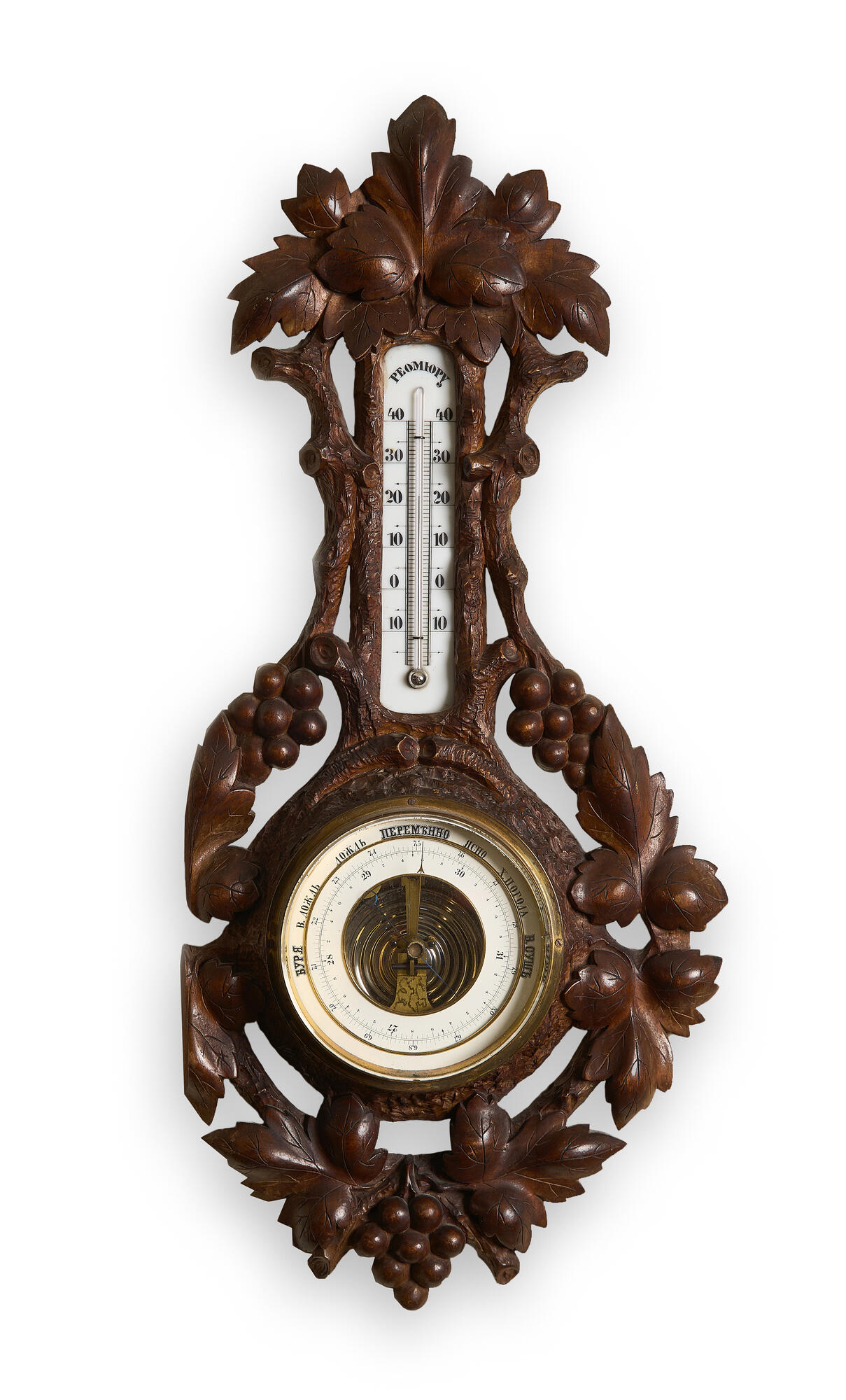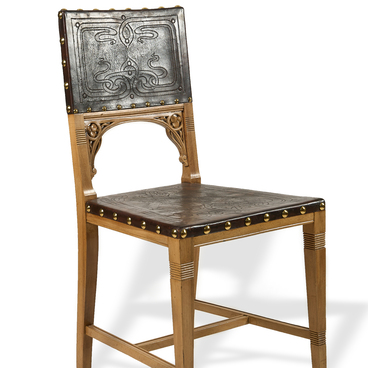A barometer is a device that is designed to measure atmospheric pressure.
The first barometers used mercury. Atmospheric pressure in them was calculated by the height of a column of mercury in a glass tube, which at one end was lowered into a vessel with this metal. The scale of such a barometer was marked in millimeters, so the atmospheric pressure was measured in millimeters of the mercury column.
The first scientist who suggested the idea of building a weather forecasting device was the Italian physicist and astronomer Galileo Galilei. The first such device was created by Evangelista Torricelli, an Italian physicist and mathematician, a student of Galileo Galilei. In 1643, he conducted an experiment with mercury and then proved the existence of atmospheric pressure. Soon the first mercury barometer in history was designed.
Due to their high accuracy, mercury barometers were widely used, but they had one significant disadvantage: the mercury was kept in an open vessel, and if handled carelessly, there was a high probability of leakage. Today, mercury barometers are used mainly in meteorology, although they are increasingly being replaced by digital devices.
Originally, barometers were used exclusively for scientific or professional purposes. For example, they were used on ships to forecast the weather. In the second half of the 19th century, barometers became an indispensable attribute of an office. This is how wall-mounted office barometers appeared. They were often combined with thermometers and placed in one frame. Soft woods such as basswood, alder, fir and others served as a common material for the frame. Taste of the artist affected the original design of the frame. It was commonly decorated with vegetal patterns with images of leaves, fruits, and flowers. In combined themes, images of birds were also present. The frame of the museum exhibit is decorated with vines, leaves and berries.
The device from the exhibition of the museum and
cultural center “House of Merchant Grigory Tetyushinov” belongs to home weather
stations, containing a thermometer and barometer-aneroid in one decorative
frame. Unlike the mercury one, this type of barometer is a more compact and
safe one, no liquid is used in its operation. In the body of the device there
is a cylindrical metal box with rarefied air, which, when the atmospheric
pressure rises or falls, is deformed — compressed or expanded. These changes
are transmitted through a system of levers to the arrow, which moves along the
scale and indicates weather changes.


